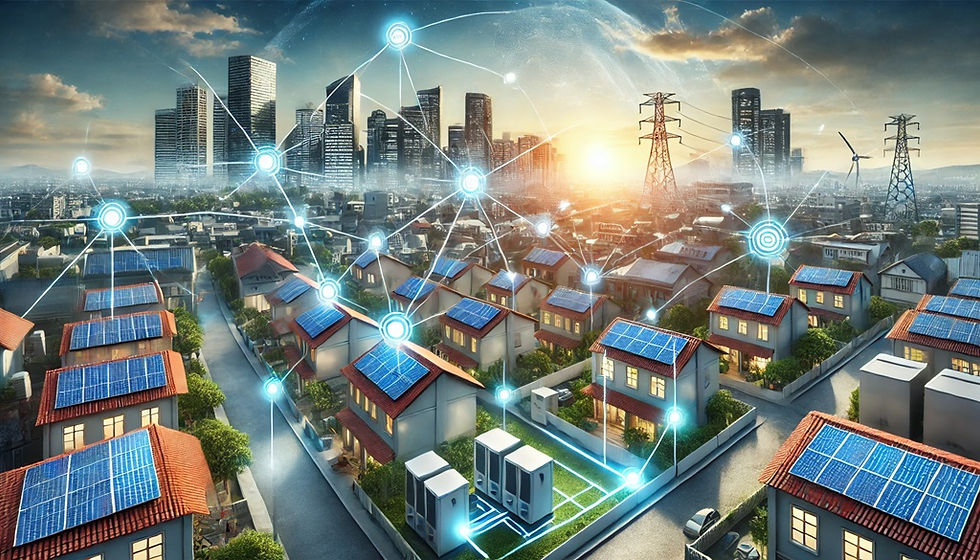Detecting a physical damage or an internal malfunction in a solar panel
- Soltell Admin

- Dec 7, 2021
- 3 min read
Updated: May 18, 2023
A physical damage or an internal malfunction in one of the panels of a solar photovoltaic system causes an output reduction, which can range from a loss of a single panel output in the case of string inverters with optimizers or micro-inverters to a loss equivalent of several panels in a mini central inverter connected to several strings. Sometimes this can even lead to the disconnection of an entire string - in the worst case a panel fault and a bypass diode fault altogether.

The solar panel is a crucial part of a solar photovoltaic system, because without the panels there would be no power output. The panels are arranged in special and predetermined configurations - chained into strings (arrays), with each string or number of strings connected to an inverter MPPT input. Damage to the integrity of a single panel usually harms not only the panel itself, but also the string in which it is located and even affects neighboring strings connected to the same mini-central innverter input channel due to the electronic link between them. Remote detection of physical damage to a solar panel within strings of a mini-central inverter is practically impossible via existing manual monitoring software, unless physical sensors are installed.
However, for the most part detection of faulted panels is in fact possible via an onsite visual inspection, although every few years it is worthwhile to perform also an electronic measurement test of string voltages or a thermal imaging (infrared) of the strings for higher resolution detection. The problem with these onsite inspection methods is however the delayed detection of panel failures and high costs, depending on the frequency of such panel inspections. Thus, more advanced methods have been developed that allow remote detection of panel failures in real time with the help of hardware sensors or via software performance analysis.
The first solution developed in the global solar market for the problem of remote detection of individual panel failures was to connect each panel to a separate micro-inverter such as Enphase, which also allows panel-level power optimization and measurement of performance. The micro-inverter solution proved to highly successful for the residential scale, but has encountered difficulties in the US commercial market due to relatively high cost of components. Another common solution in the residential market came via another technique - connecting all the panels in the PV system to electronic control boxes with separate voltage maximizers, such as the Tigo maximizer or the SolarEdge optimizer, while keeping the string inverter. This type of solution of course also requires an additional cost per panel, but without a doubt it has had some success in penetrating also into the small commercial market in the US and Europe.
An innovative and cheaper solution for real-time detection of panel faults in mini-central inverter PV systems (mainly commercial and industrial scale) is a cloud-based tool making inverter performance analysis of IV curves, such as the one implemented by Soltell Systems. The Smart Solar Management Platform (SysMap) includes an algorithm applied to mini-central inverter PV systems, without the need to install power maximizers or micro-inverters, while providing a warning upon panel failures according to output data received via inverter's existing MPPT sensors.
Commercial and residential solar integrators - interested to know on Sensorless technology to detect faulted panels in mini-central inverters and integrating it into your solar monitoring/management software or a service application? Fill-in the demo request form to get more details.




Comments